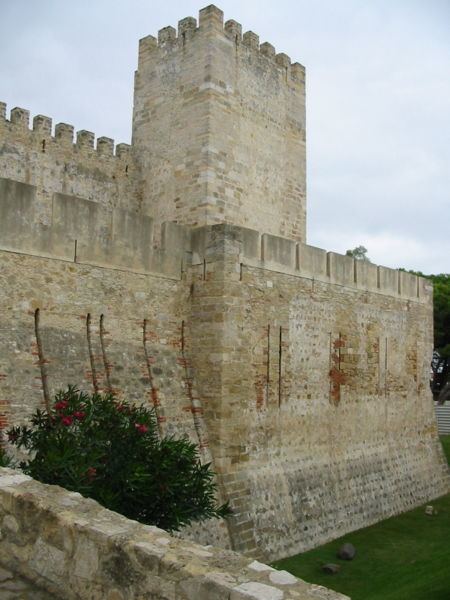 | ||
Similar Fort Loudoun, Hagood‑Mauldin House, Keowee‑Toxaway State Park, Old Stone Church and Cem, Fort Dobbs | ||
Fort Prince George was constructed in 1753 in northwest South Carolina, on the Cherokee Path. It was named for the Prince of Wales, who would later become King George III of the United Kingdom. It was the principal Carolinian trading post among the Cherokee "Lower Towns".
The fort was built on the Keowee River, across from the largest "lower town", Keowee. The fort was a 200-foot (61 m) square built of clay and wood with walls 12 to 15 feet (4.6 m) high, surrounded by a deep trench. The fort's interior living area was about 100 feet (30 m) square. The interior contained a guardhouse, a storehouse, a kitchen, a magazine, barracks, and residence. The fort served as a staging point for British assaults on the Cherokee during the Anglo-Cherokee War around 1760. It also was the site of a siege by Cherokee warriors in February of 1760, simultaneously with attacks on Ninety-Six, Fort Dobbs and Fort Loudoun. Hostilities ended in 1763, and the fort was abandoned by 1768.
The site is in modern-day Pickens County, South Carolina. The fort was excavated 18 months before the fort was submerged by Lake Keowee after the completion of the Keowee Dam in 1971. All of the fort was excavated. Some of the items discovered included:
